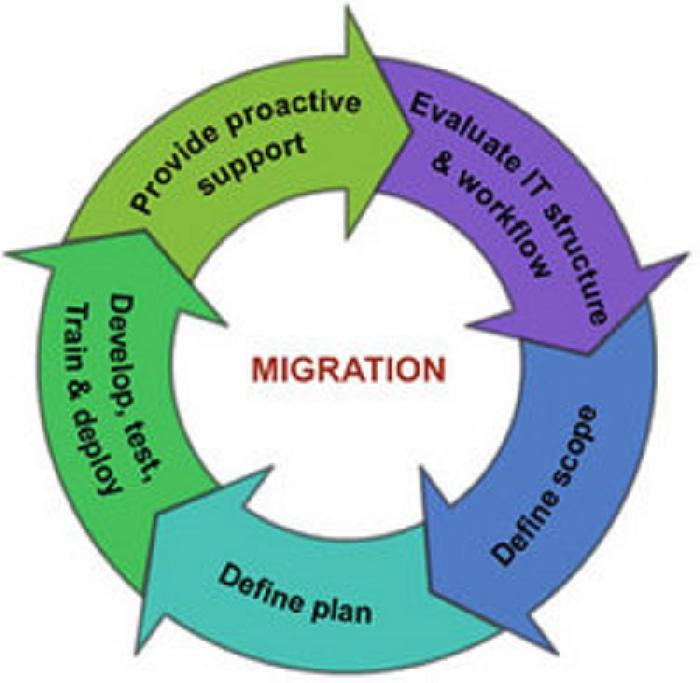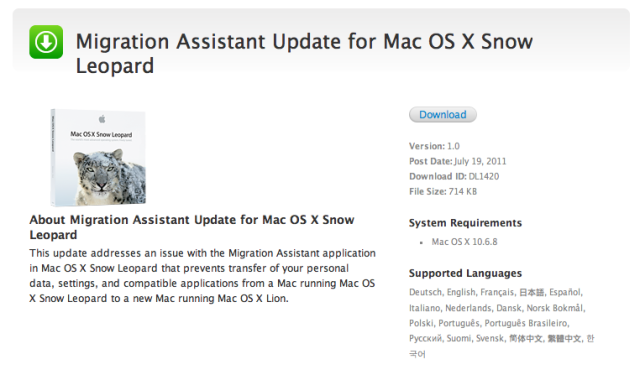How to succeed in a late-stage OS migration (part II):

Just make sure that you do perform some basic sanitation issues up-front. Also ensure that you have applied all the most current updates to all systems. Plus, ensure your system management infrastructure has minimal failure points so it doesn’t become a bottleneck. It will need to have the capacity to provide deployment services and desktop management in parallel. Many companies manually ship disks and USBs to departments, and/or eat up time with numerous costly desk-side visits in order to upgrade individual computers. This definitely annoys users, disrupts work, and pulls IT staff away from important duties.
Ensuring rollouts occur effectively and efficiently is the quickest way to be seen as an IT hero within your organization. Given the technology that is available, aim for 100% ‘Zero Touch Windows Migration’. 1E, for example, is typically able to achieve 100% Zero-Touch on 90% of a computer estate during a migration, with very limited interaction required on the remaining 10%. OS rollout is almost completely automated across the network with minimal desk-side visits from the IT department.
One of the basic things that is a must to do is to get users involved in it. Migration is not about OS, but about people. Your job is to give staff the tools that will allow them to do their job effectively. Your migration should also be totally non-disruptive. Encourage user buy-in to the upgrade process by letting them schedule when automated upgrades occur, and ensure you are clear about the benefits it will bring and when it needs to be done by. After migration, consider setting up an app store, or another way of allowing users to request applications and upgrades in a way that lets them feel in control of the process and timing.
Learning from others’ mistake is definitely not a bad thing to do. If you’re undertaking an ultra-late stage migration, one thing is strongly in your favor; the ability to see the mistakes everyone else has made, and avoid them. Whether problems with application mapping or device drivers, you’ll see some very common problems out there, often experience by IT professionals who, perhaps understandably, will never have undertaken a large-scale migration before.
Scour the forums, talk to other IT professionals, and consult with experts. At this point in time the industry will have a broader view of the issues involved. Turn this to maximum advantage.
If everything is done in a peaceful manner, then now this is the time to think about the next migration. If you’re migrating from XP, then your next OS isn’t going survive 13 years like XP did! The rate at which Windows releases a new OS is speeding up. Many companies hadn’t even got onto Windows 7 or 8 when Windows 9 was announced. Think about how you can implement more robust, efficient processes for the rollout of OSs and rationalization of applications. As before, the best solution is to automate your migration processes as much as possible, putting in place systems that will make your next migration that much smoother.





